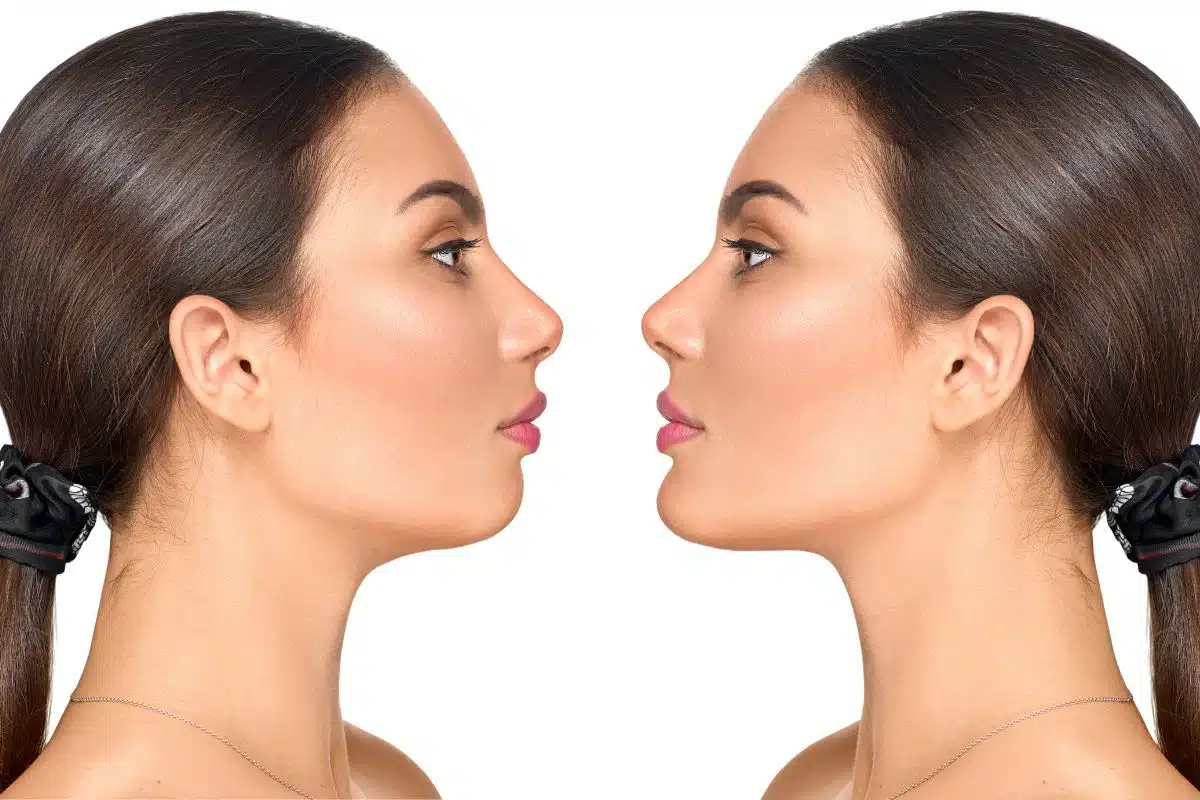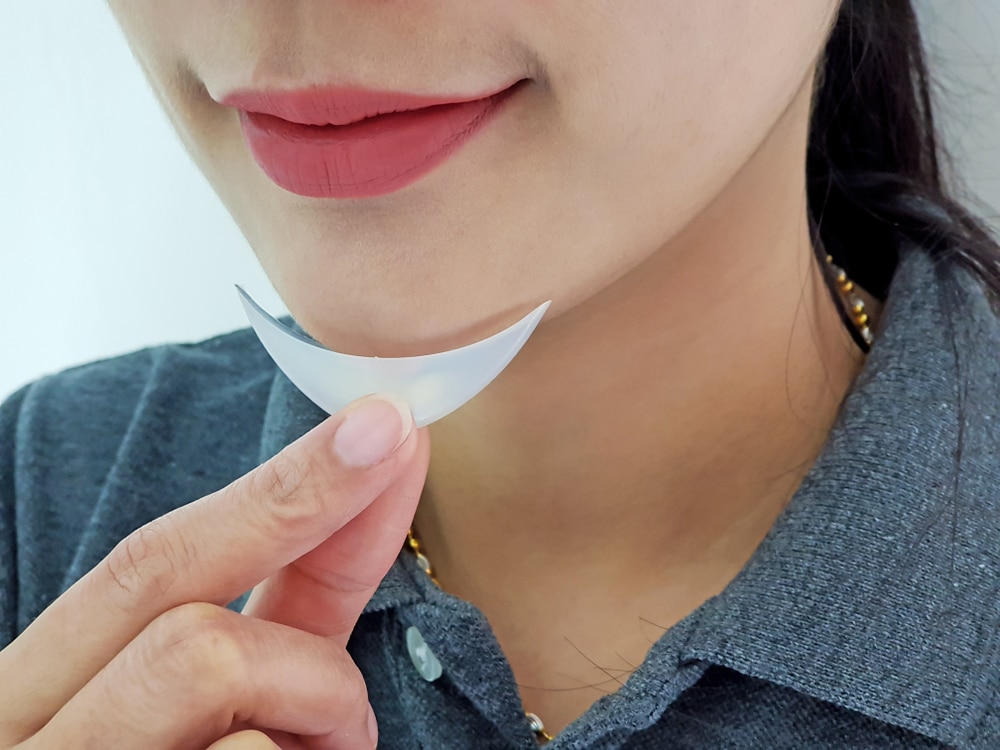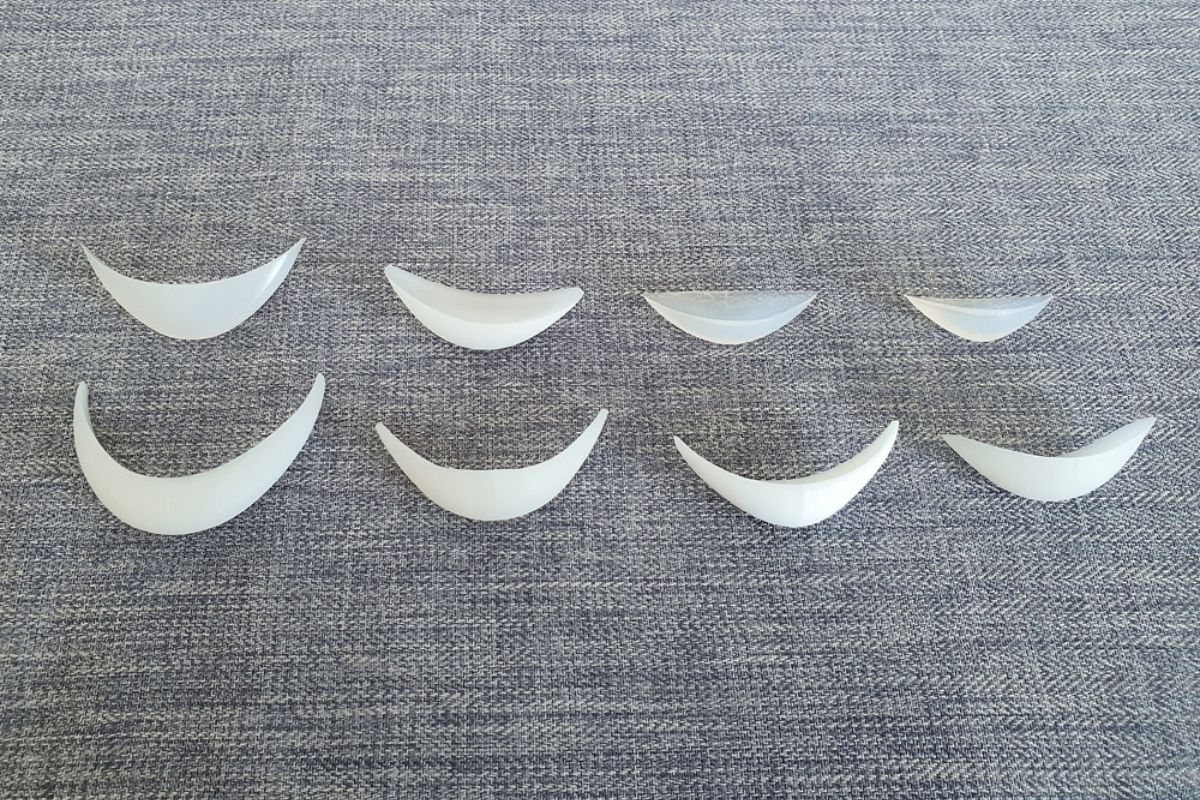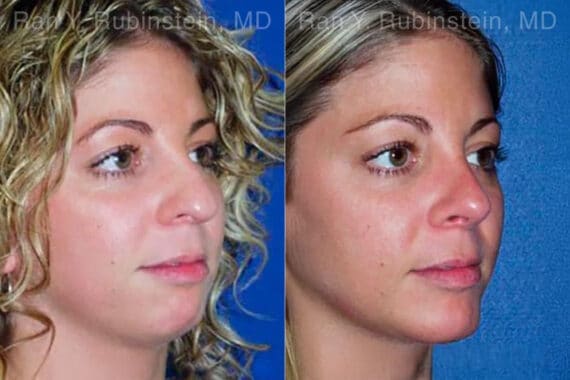When it comes to achieving a well-balanced, attractive facial profile, the chin plays a surprisingly powerful role. A recessed or underdeveloped chin can throw off facial symmetry, making other features like the nose or neck appear more prominent than they are. Chin implants—also known as chin augmentation—offer a long-lasting and natural-looking solution to bring harmony to the face. At Dr. Ran Rubinstein’s practice in New York, patients receive expert care and customized treatment plans that reflect their unique anatomy and aesthetic goals.
As a double board-certified facial plastic surgeon, Dr. Rubinstein has helped countless patients achieve greater confidence through tailored chin implant procedures. Whether you’re looking to strengthen a weak jawline, enhance facial symmetry, or restore youthful definition, chin augmentation may be the transformative step you’ve been seeking.

Chin Up: 5 Quick Facts That Define the Power of Implants
- A well-proportioned chin brings balance to your entire face—enhancing both front and profile views.
- Chin implants are permanent and require only one procedure for long-lasting results.
- Most patients return to daily life in about a week.
- Implants are carefully selected to complement your natural bone structure for subtle, natural-looking results.
- When performed by an expert like Dr. Rubinstein, chin augmentation offers high satisfaction and minimal downtime.
What Is a Chin Implant?
Chin implants are small, biocompatible devices that are surgically inserted to enhance the shape, size, and projection of the chin. Most implants are made of silicone or porous polyethylene and come in various sizes and shapes to fit different facial structures. Once in place, a chin implant provides a permanent improvement in contour without the need for ongoing maintenance or repeated procedures.
Benefits of Chin Augmentation
For many patients, the benefits of chin augmentation go beyond just physical appearance. A well-proportioned chin can:
- Improve facial balance and symmetry
- Enhance side profile aesthetics
- Create a more defined jawline
- Minimize the appearance of a double chin or weak jaw
- Complement other features, such as the nose and lips
The goal is not to drastically change the face but to enhance what is already there—bringing features into better alignment for a natural, refined appearance.

Signs You Might Benefit from a Chin Implant
Chin augmentation may be a good fit if you:
- Have a naturally small or recessed chin
- Feel your jawline lacks definition
- Want to balance out the proportions of your nose and chin
- Are seeking a more sculpted profile
- Have facial asymmetry that involves the lower face
- Have lost volume in the chin due to aging
Dr. Rubinstein conducts a comprehensive consultation to evaluate facial structure and discuss aesthetic concerns, ensuring each patient is a good candidate and has realistic expectations.
Chin Implant Patient Results
* All patients are unique and individual results may vary.
What to Expect During a Chin Augmentation Consultation
During your consultation, Dr. Rubinstein will:
- Review your medical history
- Assess your facial anatomy, including jaw, neck, and chin projection
- Discuss your goals and desired outcomes
- Use digital imaging or before-and-after photos to help visualize results
- Recommend the appropriate size and shape of implant
He will also explain the surgical process, recovery expectations, and answer any questions you may have, helping you feel confident and informed every step of the way.
The Chin Implant Procedure: Step-by-Step
Chin implant surgery is typically performed under local anesthesia with sedation or general anesthesia, depending on patient preference and procedural complexity. The procedure generally takes about 3 hours and involves the following steps:
- Incision Placement: A small incision is made either under the chin or inside the lower lip, where it remains discreet and well-hidden.
- Creating the Pocket: A precise space is created in front of the jawbone to house the implant.
- Inserting the Implant: The implant is carefully positioned to enhance chin projection and jawline definition.
- Closure: The incision is closed with sutures, and a small dressing may be applied to support the area during early healing.
Most patients go home the same day with post-operative instructions and medications to manage swelling and discomfort.
Start Your Journey to Success, Don’t Wait More!
Join our satisfied clients who’ve experienced safe, effective treatments.
Chin Implant Recovery Timeline
Recovery from chin augmentation is generally smooth, with many patients returning to daily activities within a week. Here’s a general timeline of what to expect:
- First 48 Hours: Swelling, mild discomfort, and tightness around the chin are common. Pain is typically well managed with medication.
- First Week: Most swelling begins to subside. You may need to sleep with your head elevated and avoid strenuous activity.
- 7 to 10 Days: Many patients return to work or school. Bruising and swelling continue to improve.
- 4 to 6 Weeks: Swelling is minimal, and results begin to appear more refined.
- 3 to 6 Months: Final results are visible as all residual swelling resolves and the implant fully integrates with surrounding tissue.
Dr. Rubinstein provides customized aftercare guidance to support optimal healing and ensure the best outcome possible.
Chin Implants vs. Non-Surgical Options
While dermal fillers can be used to enhance the chin temporarily, they offer only short-term results and may not provide the level of projection or definition that a chin implant can achieve. Chin implants are permanent, require only one procedure, and can be more cost-effective over time. For patients seeking a lasting improvement in facial structure, surgical chin augmentation remains the gold standard.
Choosing the Right Chin Implant: Tailored to Your Face
Every chin implant procedure performed by Dr. Rubinstein is customized. Implants vary in:
- Material: Most often silicone or porous polyethylene
- Size: From subtle enhancement to dramatic definition
- Shape: Tapered, square, or extended to match jawline contours
The implant is selected based on a detailed analysis of your facial features to ensure that it complements your natural anatomy and supports your aesthetic vision.

Why Choose Dr. Rubinstein for Chin Augmentation?
Dr. Rubinstein is double board-certified in facial plastic and reconstructive surgery and has over two decades of experience enhancing facial harmony through precise, artful procedures. What sets him apart:
- Personalized treatment planning based on detailed facial analysis
- Use of cutting-edge surgical techniques for minimal scarring and downtime
- Extensive expertise in both aesthetic and reconstructive facial procedures
- Exceptional safety record and commitment to patient satisfaction
Patients trust Dr. Rubinstein not only for his technical skills but also for his thoughtful, honest guidance throughout the decision-making process.
Start Your Journey Toward Facial Balance
If you’ve been bothered by a weak chin or lack of jawline definition, chin augmentation could be the solution you’ve been looking for. Under Dr. Rubinstein’s expert care, you’ll receive a customized surgical plan designed to create long-lasting, natural-looking enhancement.
Schedule your consultation today and take the first step toward a more confident, harmonious appearance.


